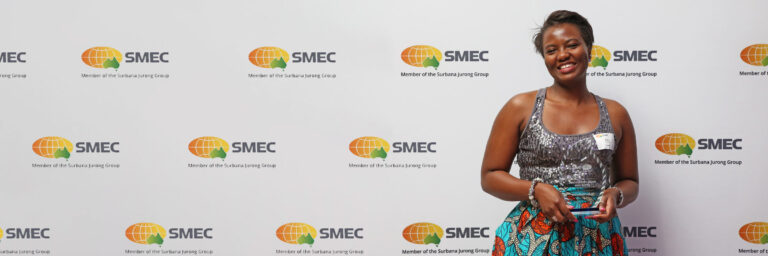
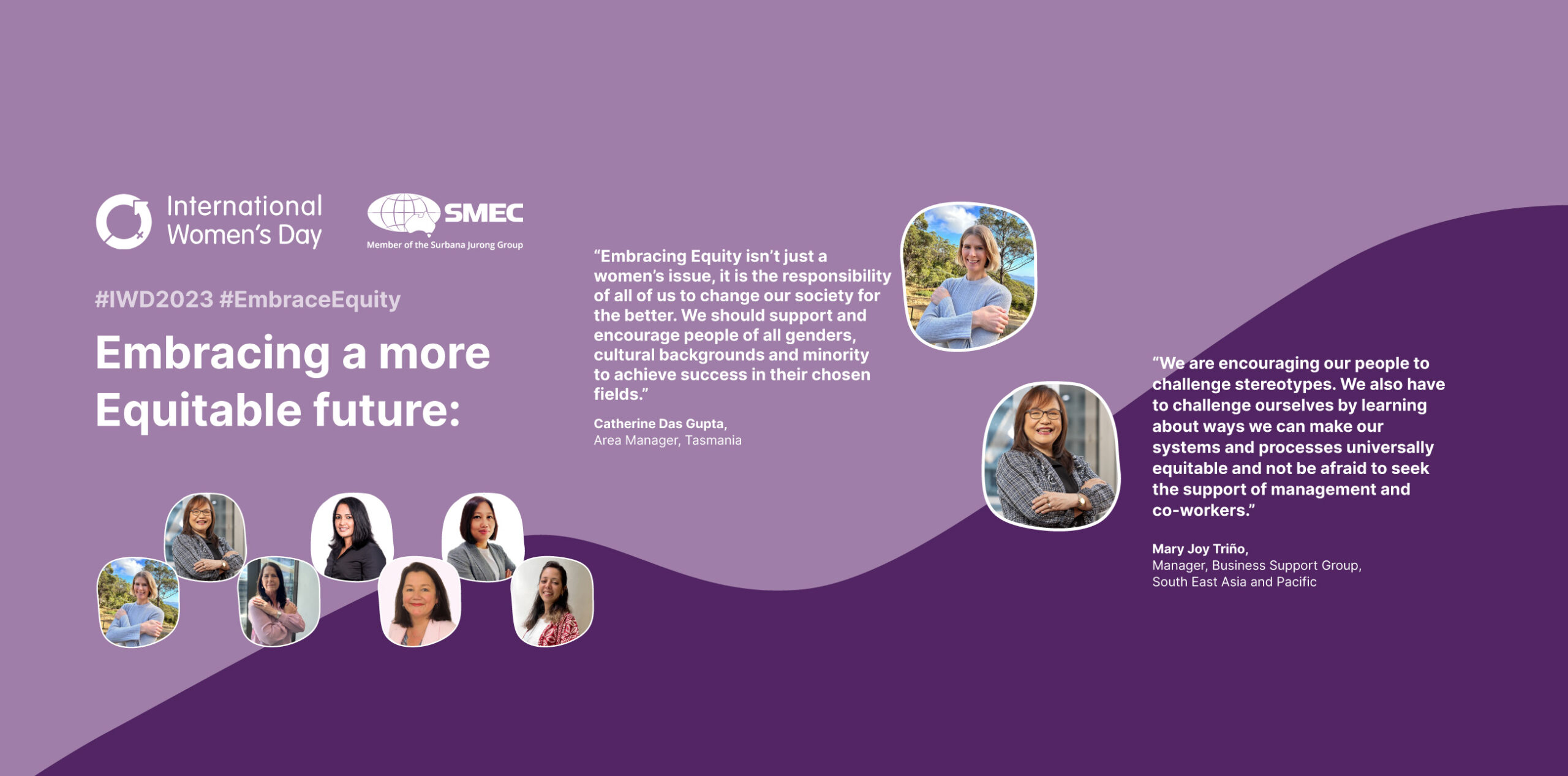
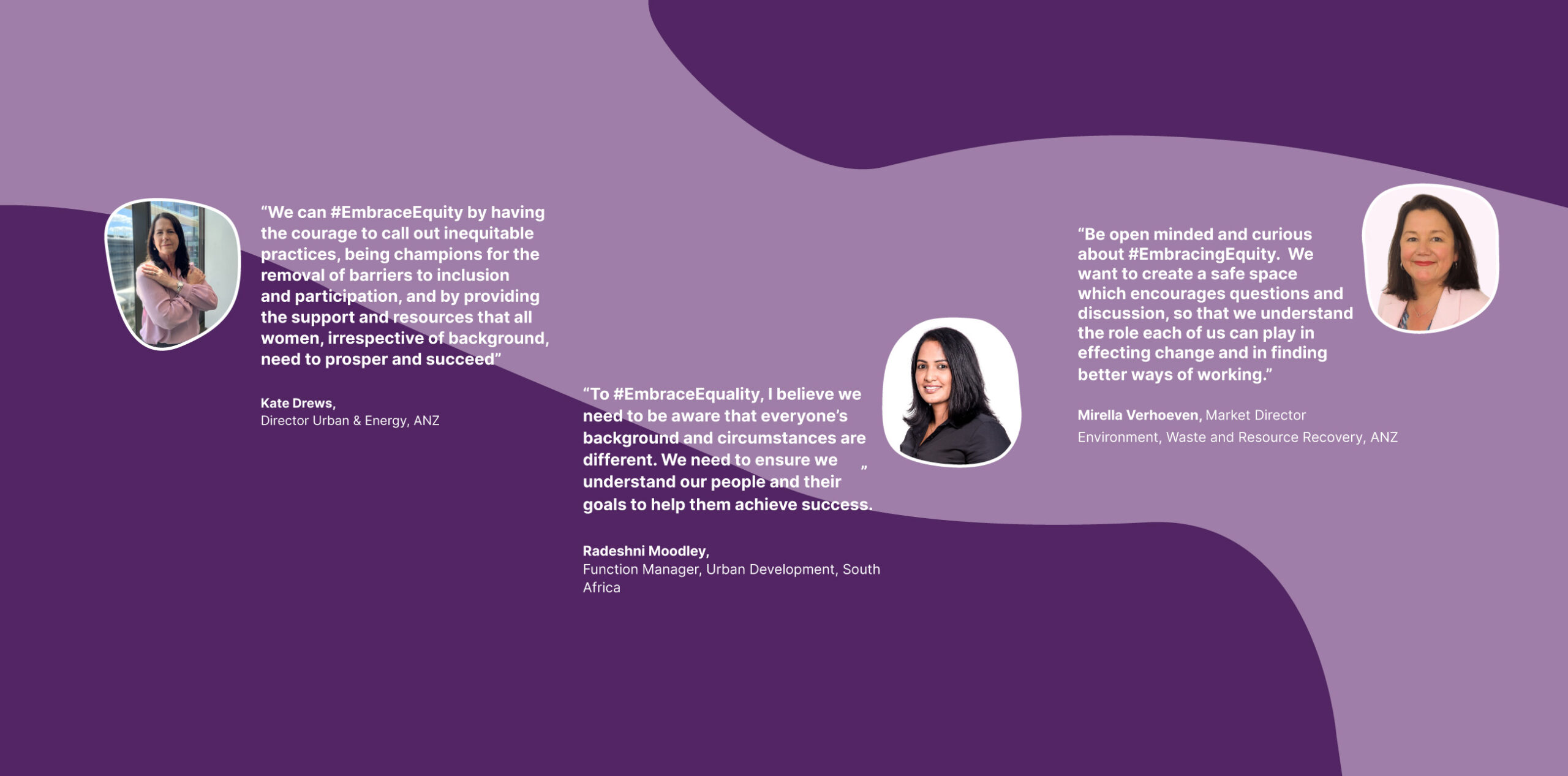
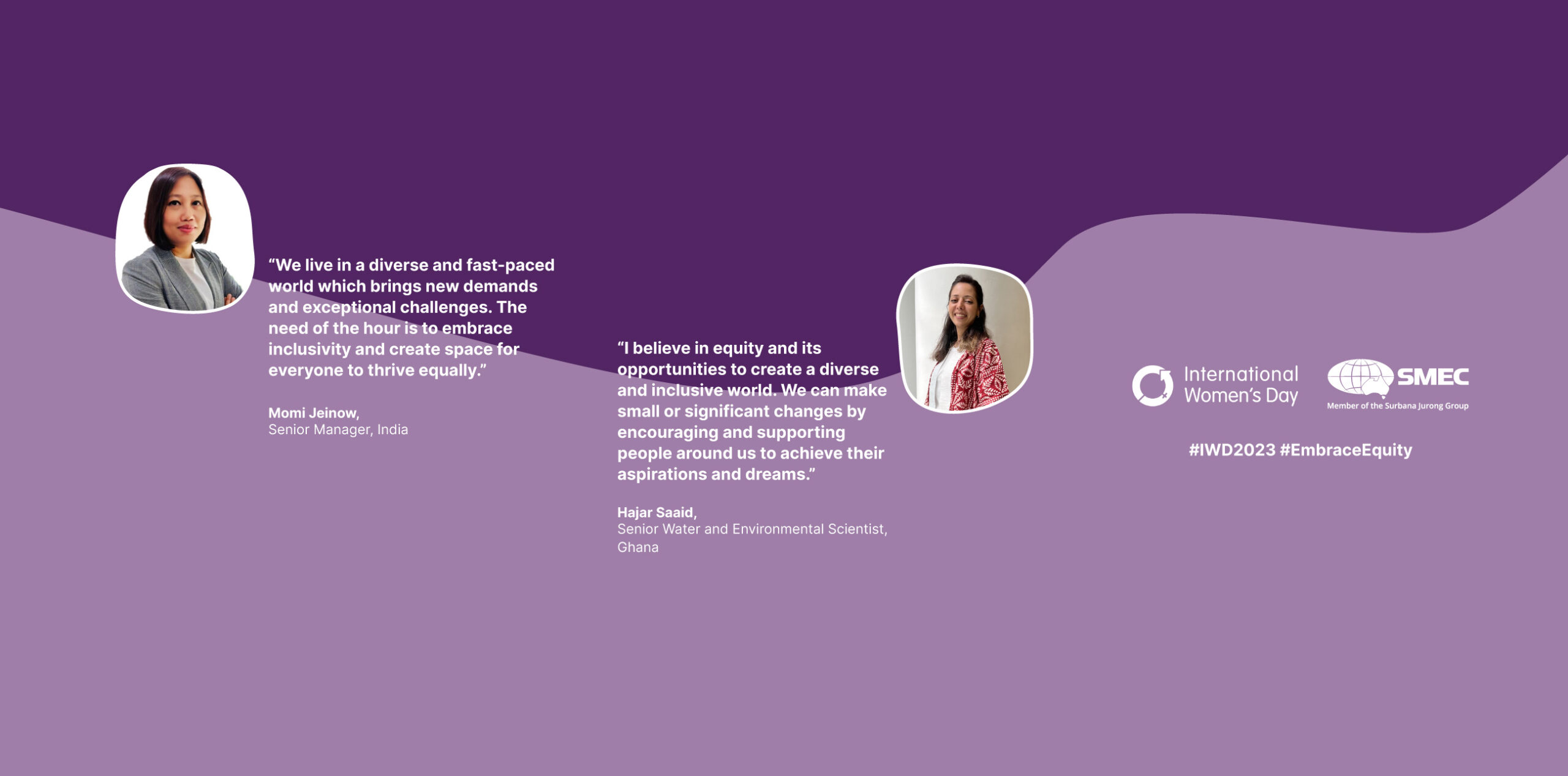
Related
insights
 Women are not small men – engineering designs for the other half of the population
Women are not small men – engineering designs for the other half of the population
In honour of International Women's Day, we explore the theme of #EmbraceEquity by examining unconscious gender bias present in everyday designs. SMEC Technical Principal for Environment, Jo Davis, discusses the importance of ensuring our engineering designs reflect the needs of all.
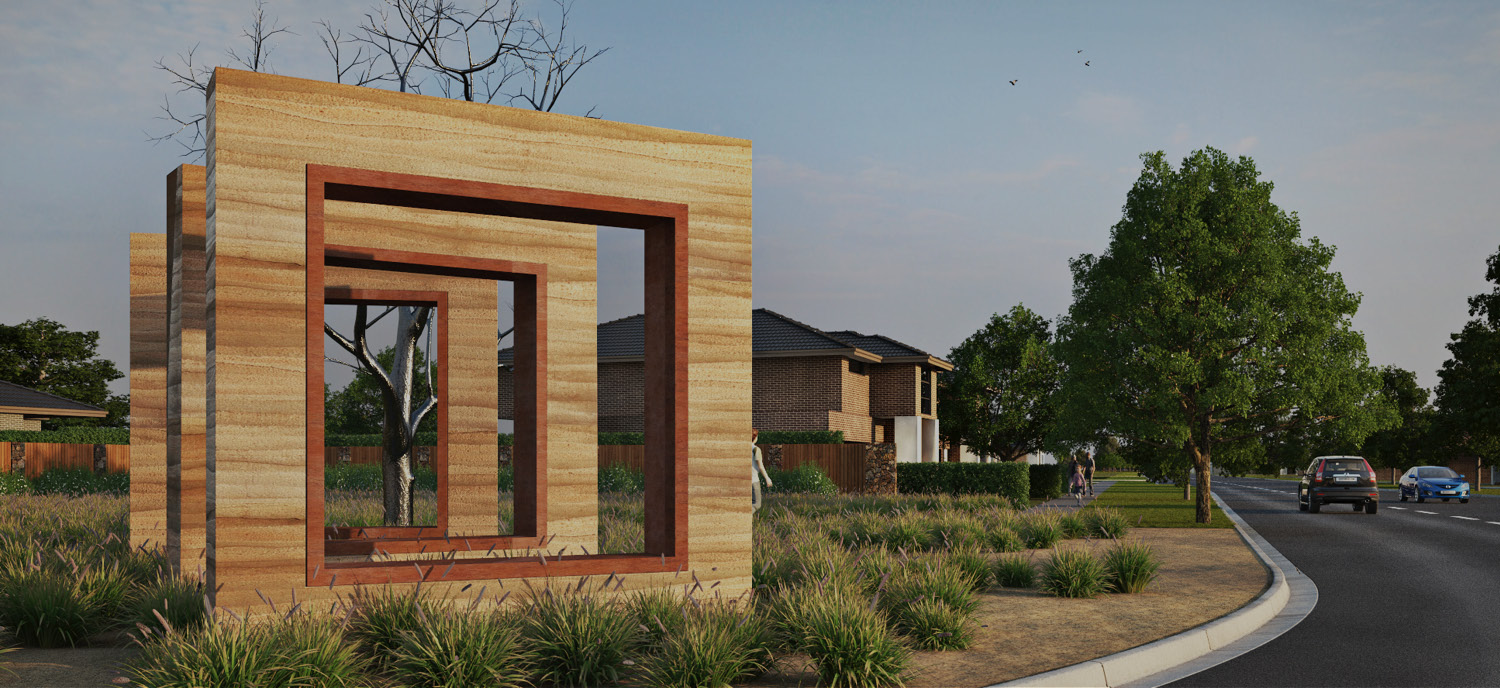 Women in Urban Design lead the way
Women in Urban Design lead the way
I am pleased to report that I have just been selected for the UDIA Women in Property Committee for the 2018-2020 season.












